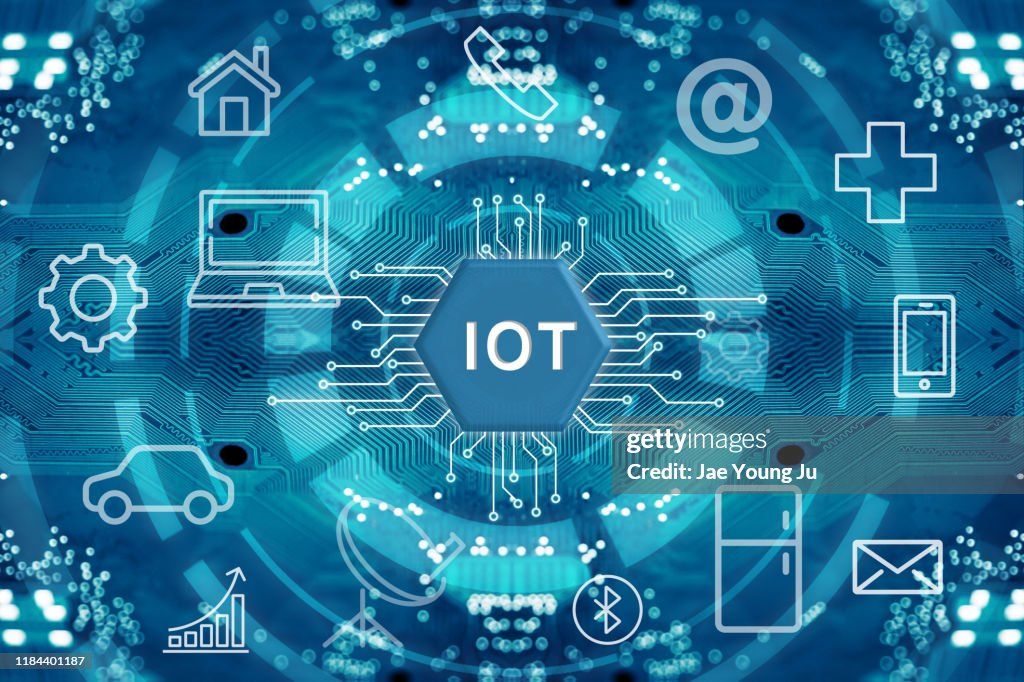The Internet of Things (IoT) is the collection of Internet-connected gadgets such as cameras, refrigerators, and smart speakers.
What is the Internet of Things (IoT)?
Internet of Things (IoT) is a catchall phrase for all the various Internet-connected devices that are not traditional computers. This includes everything from fitness trackers and smartwatches to smart refrigerators, headphones, cameras, washing machines, cars, traffic lights, airplane engines, and home security systems.
As access to broadband Internet service grows and processors become more affordable, more and more gadgets with Wi-Fi capabilities are being created. Today there are billions of IoT devices in existence.
This network of devices produces excellent benefits and convenience for users, but IoT devices can also be targeted by attackers and used to carry out cyber attacks. As with Internet-connected computers, these devices are usually safe, but precautions should be taken to ensure they are not compromised.
What is the history of the Internet of Things?
A British technology researcher named Kevin Ashton coined the term ‘Internet of Things’ in 1999, but developers have been playing with the idea of Internet-connected devices since the early 1980s. The first IoT device was a modified soda machine made in 1982 that transmitted data about its inventory and the temperature of the drinks inside. This was a one-off prototype, and the widespread proliferation of IoT devices did not start for another 25 years.
Two technologies helped pave the way for the mass manufacture of IoT devices: RFID tags and IPv6 IP addresses. RFID tags are small, lightweight electronic sensors that can transmit information without a power source and can be produced cheaply. These tags can be as small as a grain of rice, and their use has been widely adopted in the industrial sector. RFID tags with IoT devices have been used to track inventory in a warehouse, parts on an assembly line, and even patients in a hospital. This practice has saved countless hours of labor. The industrial sector was also the first to use IoT-based security systems, incorporating devices like smart cameras and smart locks.
The introduction of IPv6 addresses meant that the dwindling number of IP addresses for Internet devices was a problem of the past and helped open the floodgates for the mass production of consumer IoT devices. The ‘smart home’ concept has also been a major driving factor in bringing IoT devices to the hands of consumers, creating a heavy demand for things like smart home security systems, cameras, televisions, speakers (e.g., Google Home), lighting, and thermostats.
How can IoT devices be used in cyber attacks?
The firmware in most IoT devices does not have the same level of protection as the modern operating systems running on most computers and smartphones. These devices often run on firmware that cannot be patched, making them easy targets for attackers.
A prime example of this is the Mirai botnet. Mirai is a malware suite that can take control of IoT devices to create a botnet to conduct DDoS attacks. Mirai works by scanning large portions of the Internet for IoT devices and then attempting to log into those devices using a series of username/password combinations that are the preconfigured defaults for several devices. Since many people never bother to change the login credentials on their devices, Mirai can build an extensive network of compromised machines, which it then infects with software to overload a targeted server with malicious traffic.
Stopping Mirai and other IoT botnet attacks would require everyone who owns IoT devices to restart and update their login credentials. Until then, users will likely have their devices compromised and used in DDoS attacks.





